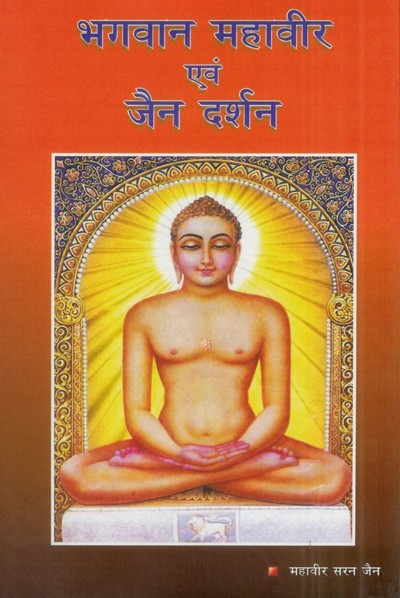- Fasting (anaśana = अनशन)
- Eating less than appetite (Avamaudarya = अवमौदर्य)
- Renouncing to soft beddings and seats or sleeping in a lonely place (vivikta-sayyāsana = विविक्त-शय्यासन)
- Renouncing to taste (rasa-parityāga =रस परित्याग)
- Tolerance of sufferings (kāya-kleśa = काय क्लेश)
- Limited begging (vṛtti-parisaṁkhyāna = वृत्ति-परिसंख्यान)
Fasting (anaśana = अनशन): the renunciation of eating of all kind of food is fasting.
The fasting removes attachment of soul from body. No one can perform fasting up to death abruptly until he practices slowly and gradually. The food is necessary to run the body. Therefore an aspirant, before starting fasting, decides the limit of duration for fasting. He performs fasting starting from one day to six months. Lord Ṛṣabha is said to have practiced one year long sever fasting. The fasting from the day of its starting up to day of death is called ‘yāvatkathika tapa’. While an aspirant, knowing the possibility of death at near time starts ‘yāvatkathika tapa’ that is called avicāra tapa. While an aspirant knowing without any possibility of death starts fasting unto death that is called savicāra tapa.
Eating less than ones appetite (Avamaudarya = अवमौदर्य):
Eating in less quantity than hunger or one time in a day is called Avamaudarya or unodary.
Renouncing to soft beddings and seats or sleeping in a lonely place (vivikta-sayyāsana = विविक्त-शय्यासन):
The staying at the solitary place and leaving the place where lustrous jīvas come to reside is called vivikta sayyāsana.
Renouncing to taste (rasa-parityāga =रस परित्याग):
The habit of taking taste in eating and drinking is conquered through this tapa. An aspirant renounces tasty and nourishing juices of butter, milk, curd, sugar, oil, salt and green things.
Tolerance of sufferings (kāya-kleśa = काय क्लेश):
This is a kind of tapa which purifies body. An aspirant performs different type of āsana such as kāyotsarga, utkata-āsana, and vīrāsana. He tolerates the hindrances created by the sun rays, cold and rains. He does not make up or decorate the body. The attachment towards body goes to be finished through this tapa. The faith in distinction between soul and body emerges.
Limited begging (vṛtti-parisaṁkhyāna = वृत्ति-परिसंख्यान):
After deciding the limit, time and space of taking food, according to decision is called vṛtti-parisaṁkhyāna.
 Dr. Mahavir Saran Jain
Dr. Mahavir Saran Jain
